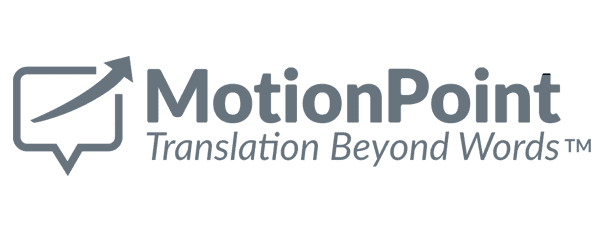




These days, companies commonly invest in website redesigns to improve the on-site customer experience and conversations. Increasingly, savvy organizations are integrating website localization into their redesign projects.
By translating their freshly redesigned origin websites, companies can resonantly engage international customers with a compelling UX and polished content.
But many companies fail to consider the ongoing effort a localized website generates after it’s been published. This “life after launch” includes continual content updates, expansion into new markets, addressing technical complexities, and more.
Most website translation vendors can’t effectively address these concerns at a pace that meets the demands of online business. However, leading vendors—such as those that offer turn-key solutions to minimize or eliminate your ongoing effort—can operate seamlessly during redesigns, and fully handle the daily post-launch demands of content updates and more.
If you’re currently planning your next redesign—or have recently completed one—these challenges are worth addressing as you integrate localization into your digital customer experience.
After it's published, you'll probably update the content of your redesigned website on a regular basis. You'll need a localization solution that can keep pace with production, to ensure that the content of your global sites are always in sync with your origin website.
Look for a solution that:
After the dust settles on your redesign project, keep an eye on your site's analytics. Watch for increased traffic from global markets, combined with high bounce rates from those visitors. This can mean global customers are interested in your site, but leave when they can't read it.
To quickly capitalize on these opportunities, you’ll want a website translation services that can easily and cost-effectively localize your website in as little as 30 days. The vendor should accommodate any language, for any market, for any industry within that aggressive timeframe. This even includes launching multiple websites simultaneously for multiple markets.
The vendor should also offer special technologies that can dramatically reduce translation costs by repurposing existing website translations, at no extra cost, for use in new online markets that speak the same language. Reusing existing translations can:
No matter what kind of website you operate (educational vs. transactional) or its complexity, you’ll want its localized version to reflect your existing investments in SEO, accommodate content customizations (such as local promotions) and more.
Leading vendors can accommodate those customization needs. Recherchez des solutions qui proposent :
It’s generally a best practice to redesign a company website every two or three years—which means organizations are often:
It’s downright rare for a traditional translation vendor to seamlessly support a localization + redesign project, or a re-platform initiative. Conduct your due diligence to find a vendor that specializes in solving the unique challenges of website translation.
Look for these characteristics:
Make sure to choose a localization vendor that can seamlessly keep up with your website redesign projects, as well as your localized site’s post-launch content updates, UX changes and even platform migrations.